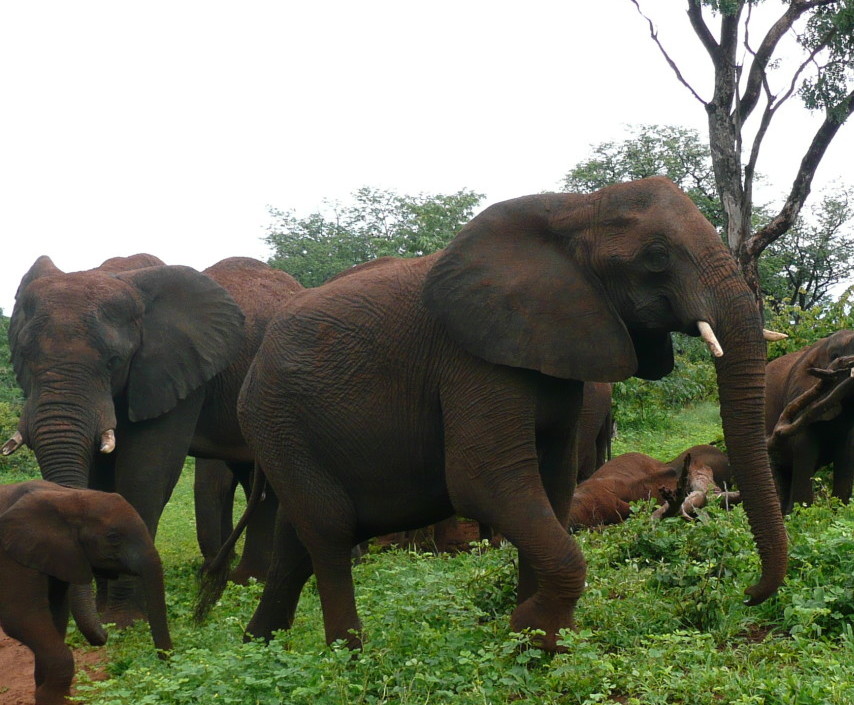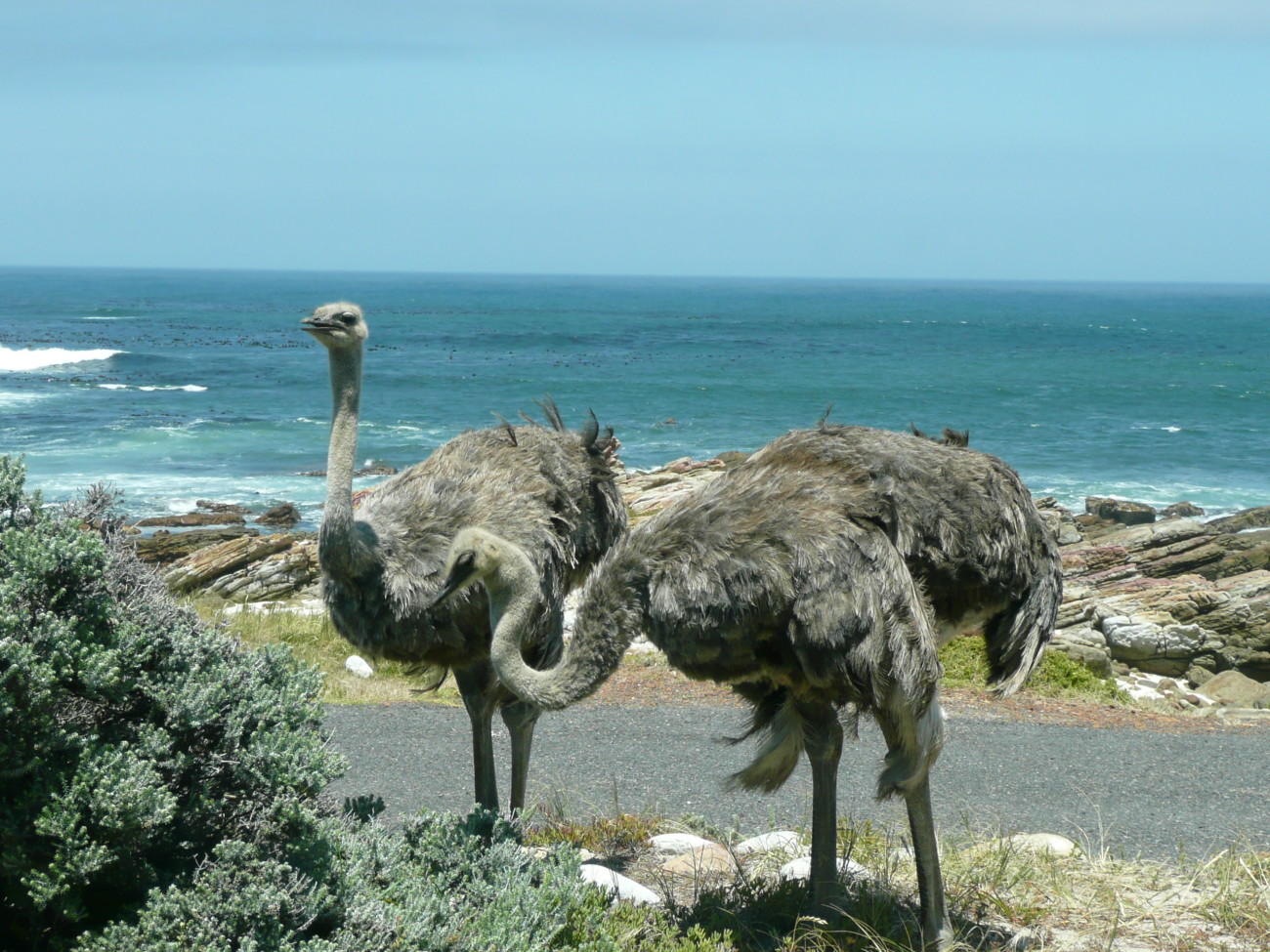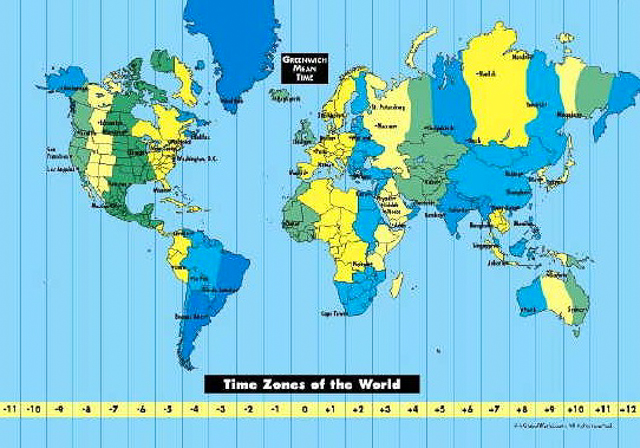
by Loti | Jul 29, 2013 | Africa, Animals, Insects, Keystone Species
Africa. So what do a full moon and honey bees have in common? Elephants, of course. Really? Well they are both crop deterrents to elephants. As elephants and humans compete for scarce land and water resources, they come into conflict, sometimes with fatal results. But recently researchers found elephants stay away from crops during a full moon leading them to speculate elephants understand there is a greater risk of detection by humans during a moon lit night. Pretty smart elephants. And it turns out, elephants are afraid of bees. And rightly so. Swarming bees sting elephants around their eyes, inside their trunks and pierce the skin of baby calves. So researchers erected a beehive fence with hives every 10 meters around field crops. The results were phenomenal with only one elephant breaking through the “fence” in a 2 year period. Plus the farmers get the honey which provides much needed income. A real win, win if you ask me. And the idea came from Lucy King, a biologist with Save Our Elephants, who observed elephants avoiding trees with beehives. A simple idea which is making a huge difference in the lives of farmers and elephants. Brilliant! ...

by Loti | Jul 23, 2013 | Africa, Birds
Africa. Driving along the coast of the Cape Of Good Hope, we came across 2 ostriches just hanging out by the side of the road. I hadn’t realized how big these birds can get with males reaching up to 9 feet in height and weighing over 300 pounds. And they can’t even fly, but they sure can run. An ostrich can sprint over 43 miles an hour. And with those strong legs they can kick a lion or human to death in one quick thrust. Yikes! So it is interesting that ostriches are raced in Africa and even some parts of the US with a jockey on their back, just like horses. Of course there is much debate about the cruelty of this practice, but then again we eat ostrich meat, enjoy their eggs (one ostrich egg is the equivalent of 24 chicken eggs, use their skin for leather and adorn our hats with their feathers (ok, some people do although they don’t do much justice to my baseball hats). And what about one of my favorite sayings that ostriches stick their head in the sand to avoid conflict, just like I try to do. Unfortunately, it is not true. They will lie down and press their head and long neck to the ground to be less visible if danger approaches, but they don’t bury their heads. Damn. I guess I’ll just have to come up with another saying. ...

by Loti | Jul 17, 2013 | Flowers, Food, United States
Savannah, GA. A cool plant that you can eat (according to most websites although a few sites caution against ingesting it), keeps rodents and deer away from your landscaping, repels ticks and mosquitos, and will protect you from vampires. Why doesn’t everyone have one, I wonder? In South Africa, they are even planted around houses to keep out the deadly mamba snake (if you remember the skulls and crossbones snake rating used at the Serpentarium in Wilmington, the mamba gets 5 skulls indicating the most dangerous of all snakes). And as an added benefit, they attract butterflies and hummingbirds. Way cool. Society garlic, a perennial from South Africa, has a garlicky odor and taste with a pretty lavender flower that can decorate any salad or plate of food. The leaves can be eaten in place of chives and they are easy to grow. While they are not tolerant of really cold weather, this particular plant has thrived in Savannah, GA which gets pretty chilly. So what is not to love? Especially the vampire part. And why do vampires stay away from garlic? Well apparently vampires have an increased sense of smell so the odor of garlic keeps them at bay. Works for...

by Loti | Jul 9, 2013 | Africa, Australia, Easter Island, Fiji, Indonesia, Panama, Portugal, Time, Travel
Palm Beach, FL. Having just committed to a 3 week trip around the world beginning in Oct, I now find I need yellow fever shots, extra pages added to my passport, country visas. Yikes! We start in Florida traveling west to Panama, then Easter Island, Fiji, Australia, Bali, India, Kenya, Portugal and then back to Boston. So how do I keep up with the changing time zones? How many time zones even exist in the world and what is a zone? Well, there are 40 time zones according to one website (37 according to another). With a time zone referring to the Earth’s surface loosely divided by 15 degrees of longitude (not even sure what that means) there are 24 standard zones (see map) with another 16 zones that use 30-45 minute increments after the hour. The U.S. actually has 9 time zones (yep 9, including Alaska, Hawaii and Samoa). Ok, really? Yet, China has only one time zone for the entire country and then throw in daylight savings time. And how about outer space? The common practice is to use the time zone of the launch site. Wow, this is way too complicated. I am just glad I start and end in the same zone, 40 zones later (or is it 37?). >...

by Loti | Jul 3, 2013 | Animals, United States
Palm Beach, FL. I wasn’t sure what this was when Gibbs, my Havenese, and I came across it on the beach until a friend pointed out it was a homeless hermit crab. Homeless? If I had only known, I would have tried to find it a new home/shell. Hermit crabs are decopod crustaceans which simply means they have 10 legs (deca is Greek for 10) who live in shells made and abandoned by other animals. As the crab grows, it must find a new, bigger shell. And sometimes there is intense competition for new shells. Crabs will sometimes gang up on a crab who is perceived to have a better shell (gee that sounds like human behavior) but they also form queues in what is known as a vacancy chain. When a bigger shell becomes available, hermit crabs will line up from largest to smallest. The biggest crab takes the new shell and then they each swap shells for the newly vacated one until they all have new shells. Kinda like musical chairs, but more civilized! And hermit crabs make wonderful pets according to an ad on Petco’s website which describes them as lively and cute. I wouldn’t go so far as cute, but you need to really like your hermit crab since they live 20 + years if properly cared for. Ah, if I had only known. Gibbs might have a new playmate!...






